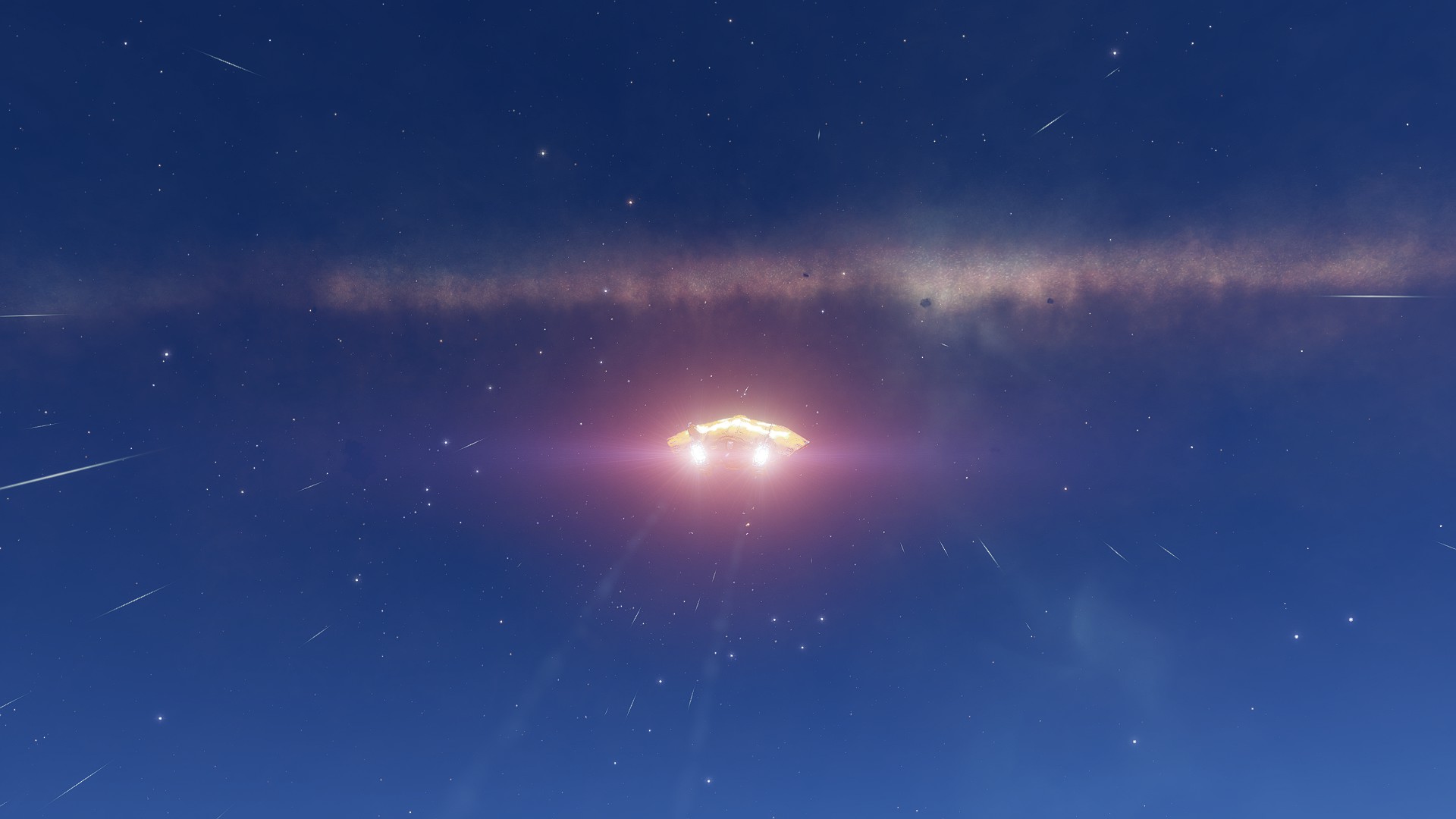Efficient Exobiology
Frontier has decided to make exobiology a lucrative activity. It's time to take advantage! So, how can you be the most efficient in this activity and not waste hours searching for money in vain?
Equipment
I suggest, above all, a small maneuverable ship equipped with a surface scanner, as well as an Artemis suit. Indeed, if your goal is simply to quickly make money and rank up as an exobiologist, then a simple Sidewinder might be sufficient! Nevertheless, I recommend a ship with some autonomy, such as a Diamondback Explorer, an ASP Explorer, or even a Cobra MK3.

Small Ship

Surface scanner

Artemis suit
It may surprise some, but the rover is not essential. I would even go so far as to discourage its use unless you have a real passion for SRV driving. In any case, you will go much faster with your ship to sample the various living species on the surfaces of the celestial bodies you visit.
"But for exploration, don't you need to jump far? I have an Anaconda that can 300 LY!" - CMDR JumpLess
Exobiology can indeed be part of an exploration activity. Nevertheless, one must carefully consider one's objectives.
If the goal is to farm exobiology quickly, then an Anaconda won't be more useful and can even be cumbersome to land and maneuver on certain surfaces.
Moreover, there are many places within the bubble for exobiology. Life is present everywhere; there's no need to jump far.
As for the surface scanner, it will help you discover the distribution of species on the celestial body you are going to explore.

Finally, the Artemis suit gives you access to the genetic sampler, which allows you to scan the life forms you find on the surfaces of the worlds you are going to visit. You can easily acquire this suit at a Pioneer Supplies store found in the majority of stations within the bubble.
Organizing your outing


- - Source system corresponds to the place where you start, your current position in essence.
- - Destination system can remain empty, in which case you have no control over your destination.
- - Range (LY) corresponds to the maximum distance in light-years that you can cover in a single jump with your ship.
- - Radius (LY) corresponds to the radius of the sphere in light-years that you authorize yourself to explore.
- - Maximum distance to arrival (LS) corresponds to the distance in light-seconds of the specimen relative to you when you arrive in the target system. Clearly, we don't want to go for 150,000 LS. We set it to around 2500-3000 LS (some lucrative species don't appear below 2400).
- - Minimum value corresponds to the amount the specimen will bring you. I recommend setting a threshold at 10 million credits. Below that, it's a waste of time.
Click on Calculate and wait for the result...

Now, just follow the route!
The targets to avoid.
Some species are much more challenging to spot than others. I'm thinking particularly of bacteria. Depending on the terrain, they can be moderately easy to extremely difficult to see. On a white terrain, it can be very, very tedious.
I recommend beginners to avoid them and focus on other targets.
Also, it is not necessary to find all forms of life on a planet, even though I understand it can be satisfying. That's simply not the goal. It's often an incredible waste of time. So, if you come across a celestial body with only one life form, specifically bacteria, I suggest simply moving on.
But if you really want to find them, here’s a tip to make your job easier.
Using your composition scanner (present on all ships without add-on modules), scan the ground as if you had a metal detector on the beach.
When you fly over a bacterium with your viewfinder, it will light up briefly for the duration of the flight and make a little beep. This is a pretty effective way of spotting them as they blend into the background. In this example, the terrain is very favorable and this technique is not necessary in these conditions. However, you can reuse this principle when the bacteria are well hidden.
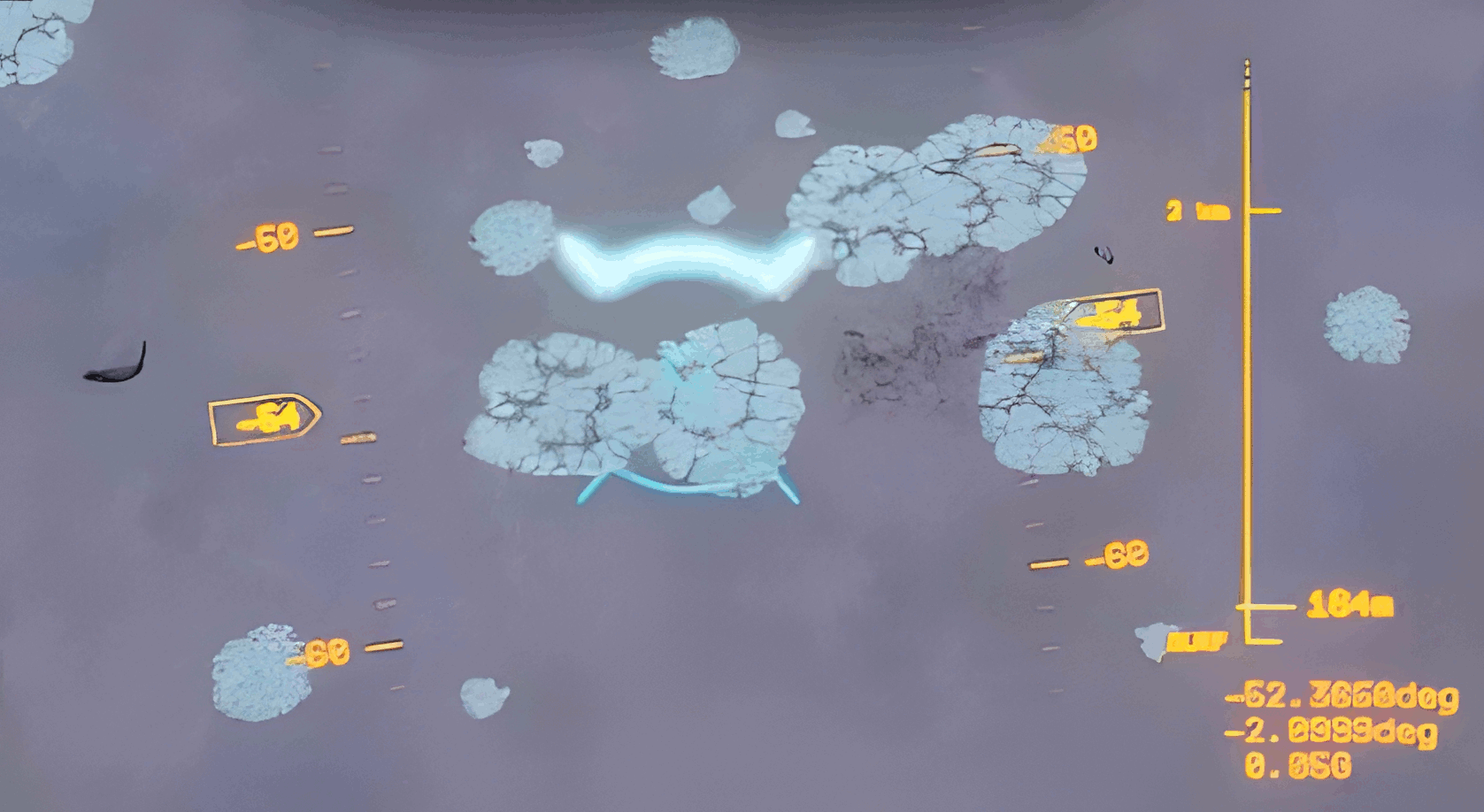
Another trick for spotting targets on the ground is to fly close to the ground in a gentle horizontal position and switch to an external camera. This widens the field of view, gives us control over the camera and lets us alternate between wide angle and zoom to confirm a potential target.
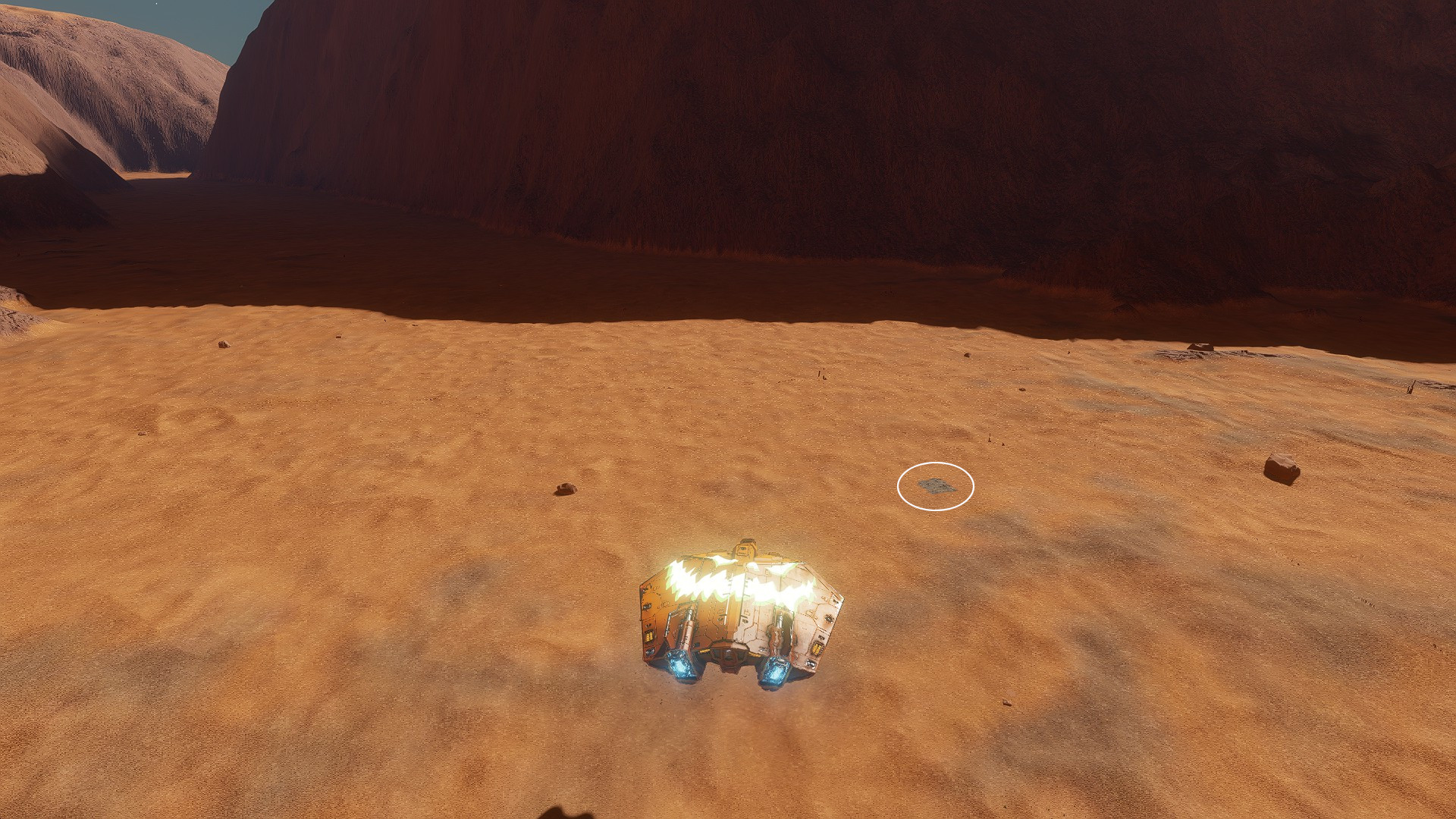
Where to land?
When in orbit, use your surface scanner to discover the distribution of species on the celestial body you’re visiting.
Blue zones will appear. You can then filter the different signals to better target the species you’re interested in, and guide your ship to the right areas.
Choose the blue zones on the plains. The terrain will be more forgiving for landing and navigating at low altitude. Most species can be found on this type of terrain.

Sounds and colors
Sampler colors are very simple. Green is an untreated species, or one that is currently being sampled.
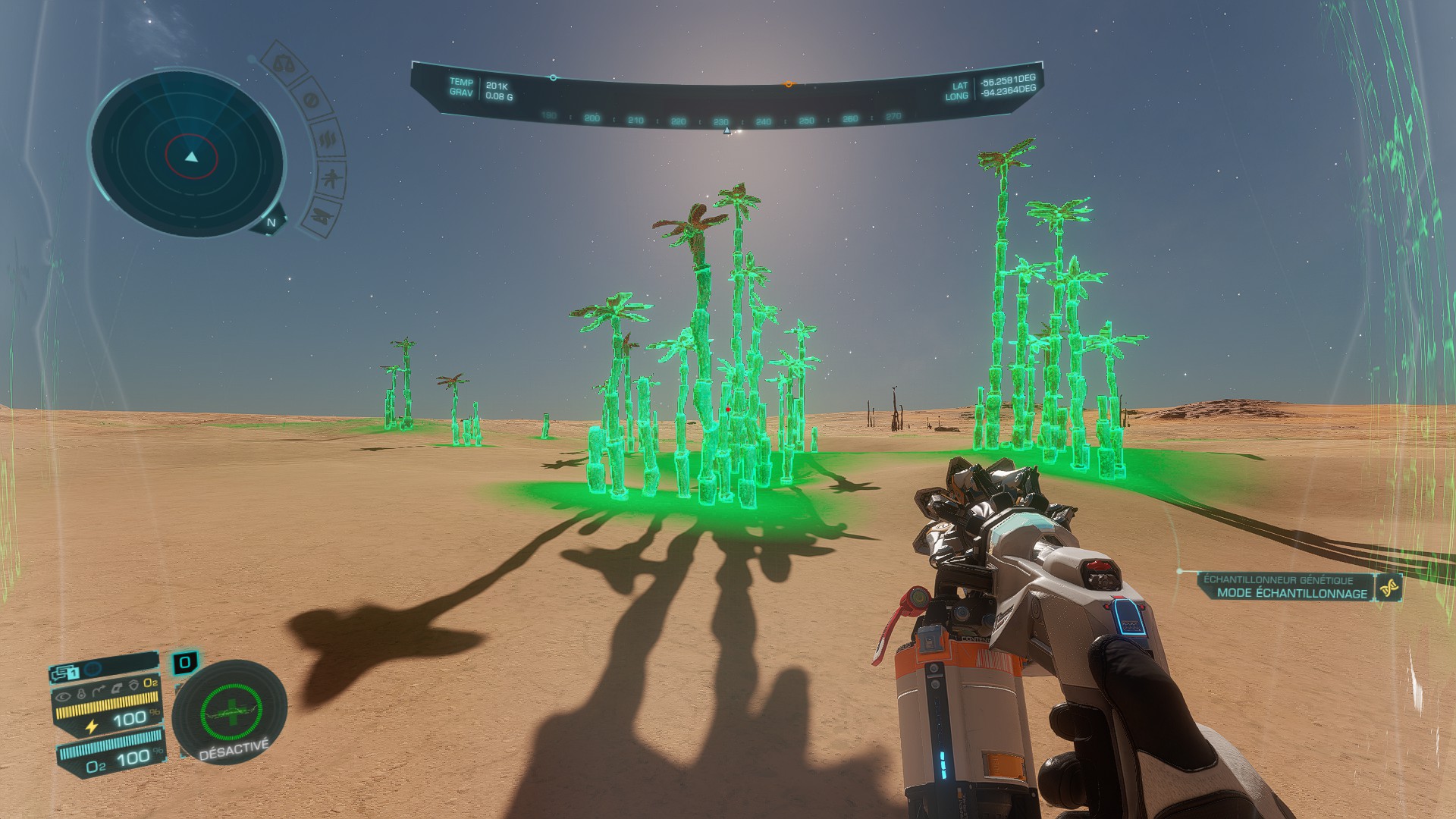
Blue indicates a species that has already been processed, or a specimen that has already been sampled out of the three required for a complete sample. If the latter is the case, then move away to find another, more genetically distinct specimen to complete your analysis. You need three distinct specimens. You can find the distance required for each species in the codex under Colony range. Example for Clypeus: Colony range: 150 m.
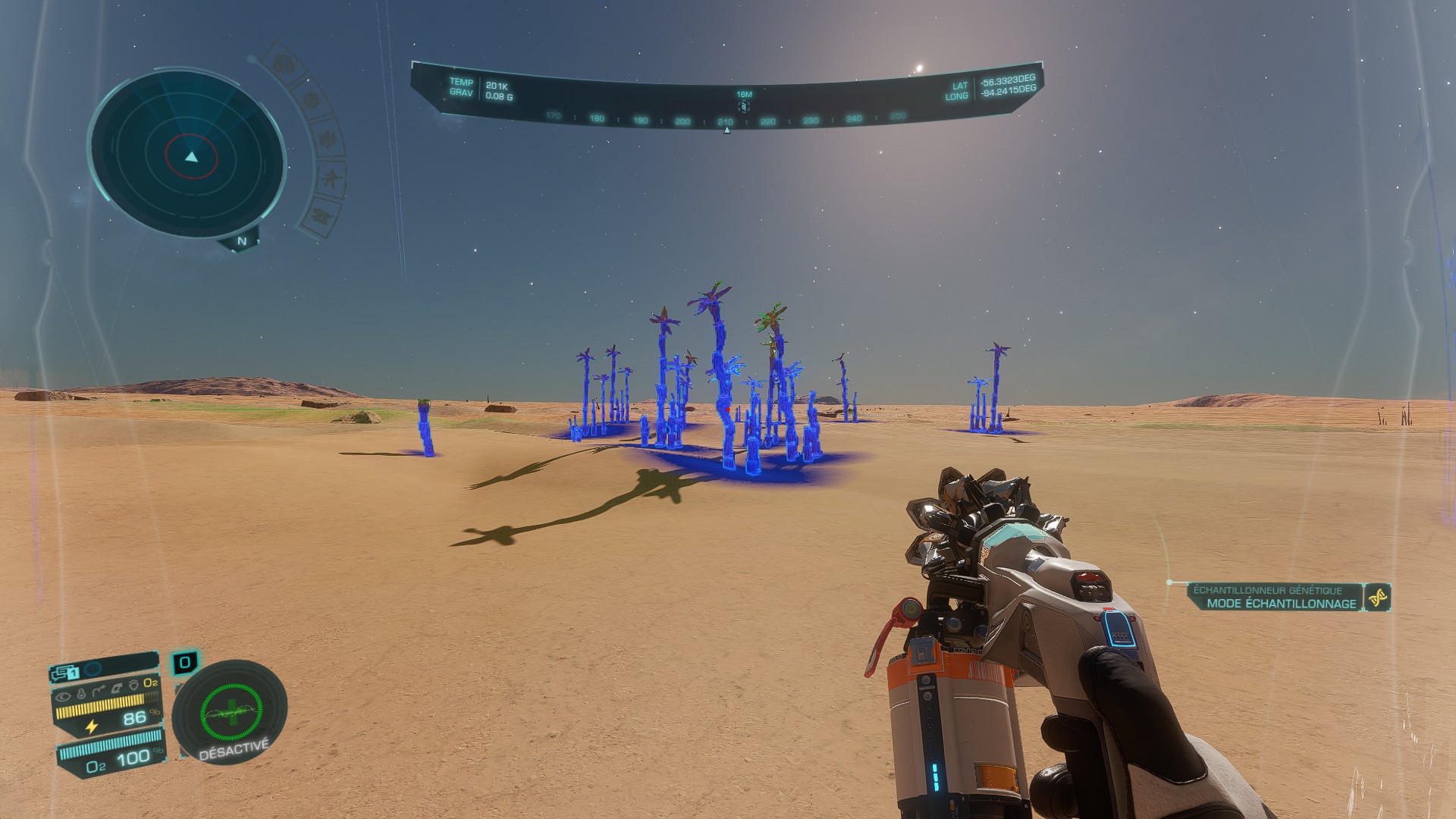
Purple indicates an unknown species other than the one being sampled. Scanning a species seen as purple will interrupt the sampling in progress and lose the data collected.
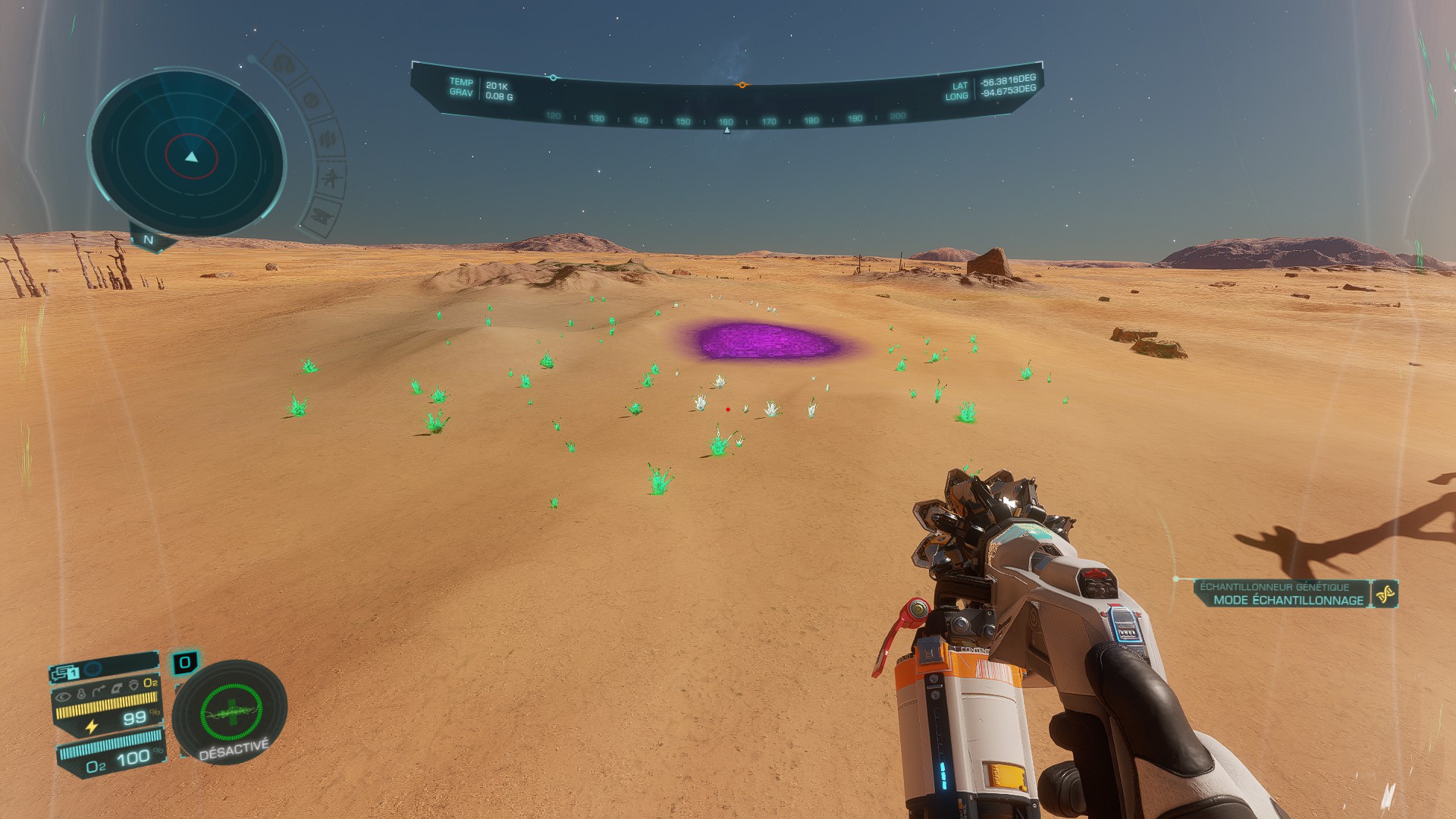
In terms of sound, the Frontier team has included a useful sound design that allows you to detect species to be sampled in the space around you. Already known species do not make a sound. The sound to listen for to find a nearby species is as follows.
It’s a very useful sound for discovering the most difficult species, such as bacteria.
Additional tools
A must-have tool that lets you know instantly which living species are known to exist in a system and on which celestial bodies they are found is l'ED Market Connector and its plugin Canonn Science!

Payment
Now it’s time to go home and get paid.
Head for a Vista Genomics service station of your choice.
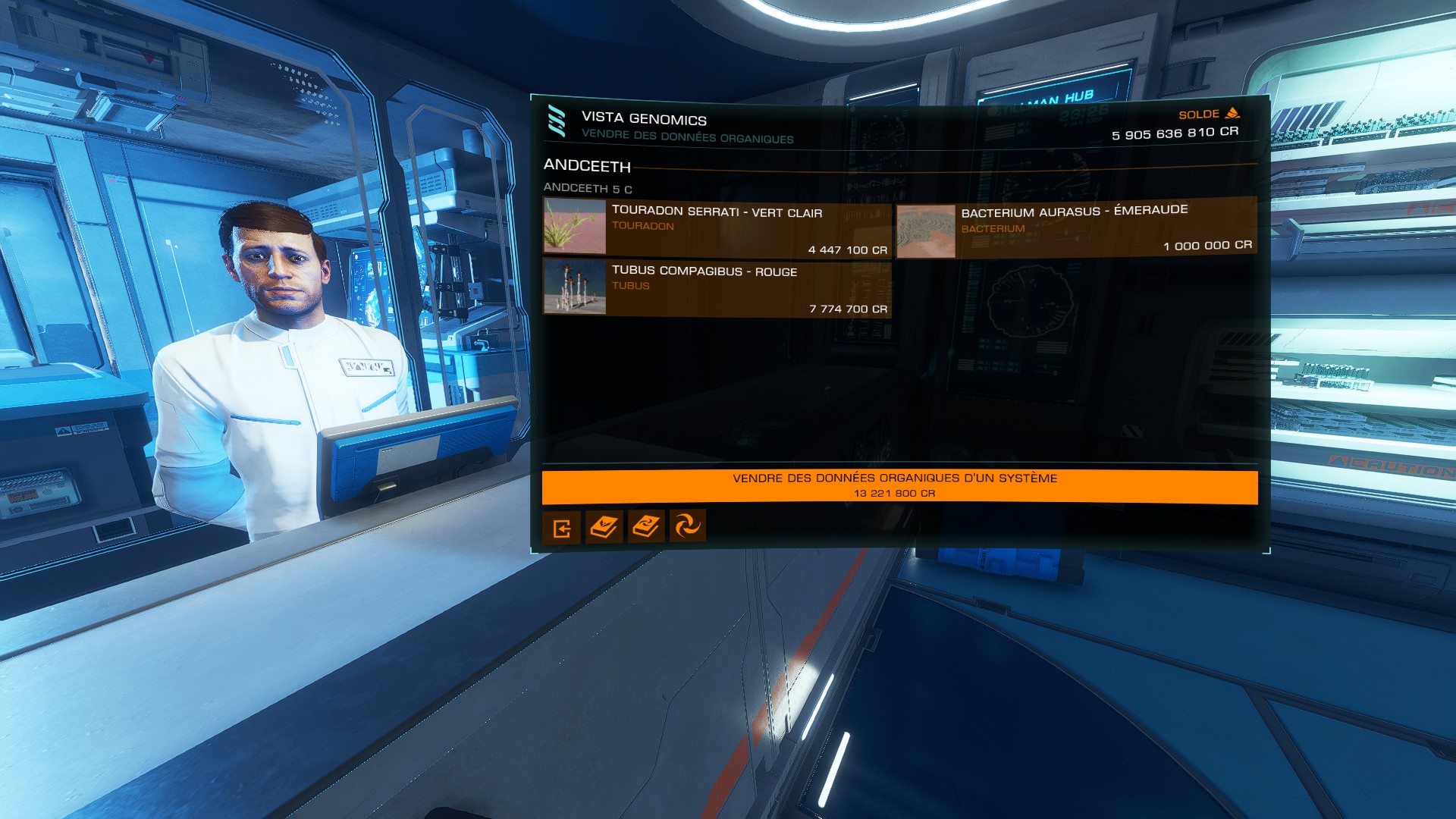
And while we’re on the subject of earning money, consider pledging your allegiance to Li Yong-Rui. By reaching merit rank 5 you can get a +200% bonus on your exploration data! This bonus does not apply to exobiology.
Final details
To take things a step further, each species appears according to a certain logic in the game. Some species will be found near particularly bright white stars, others only at a certain distance from their star (5 AU for the Clypeus, or 2400 SL), and so on.
So you can potentially guess at the existence of certain species based on the characteristics of a system you haven’t yet visited. By filtering the stars around you according to certain spectral classes you somehow filter out the species you’re looking for. I’m sharing with you the following effective filter: OBAF spectral classes and the addition of neutron stars.
I invite you to consult the codex for more details on each species.
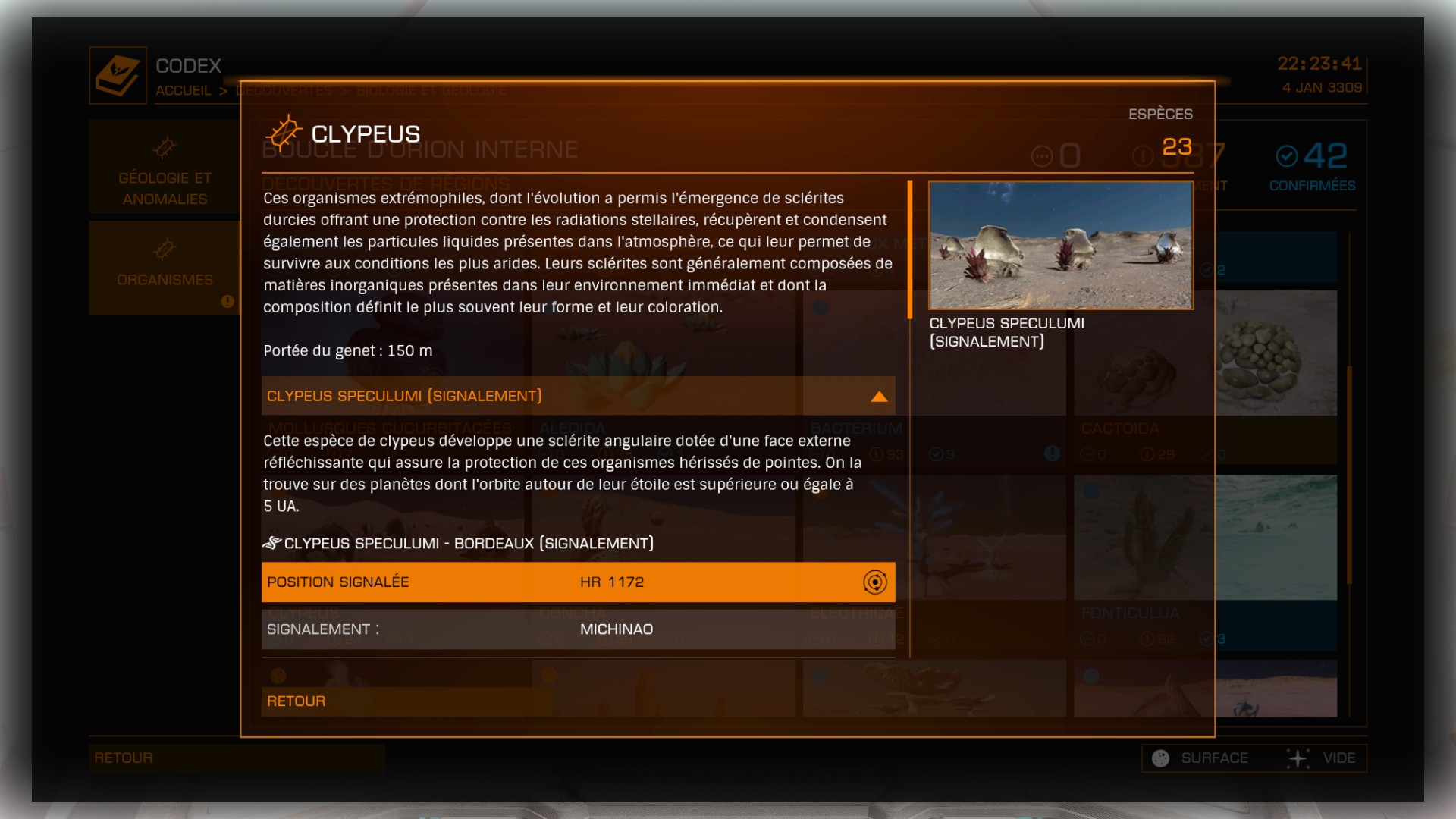
That’s the end of this article. Hopefully it’ll help you get up to Elite level in Exobiology quickly. o7 CMDRs and enjoy the view along the way!
